Beyond convenience: Is a home EV charger worth it?
Written by
10 April 2025
•
8 min read
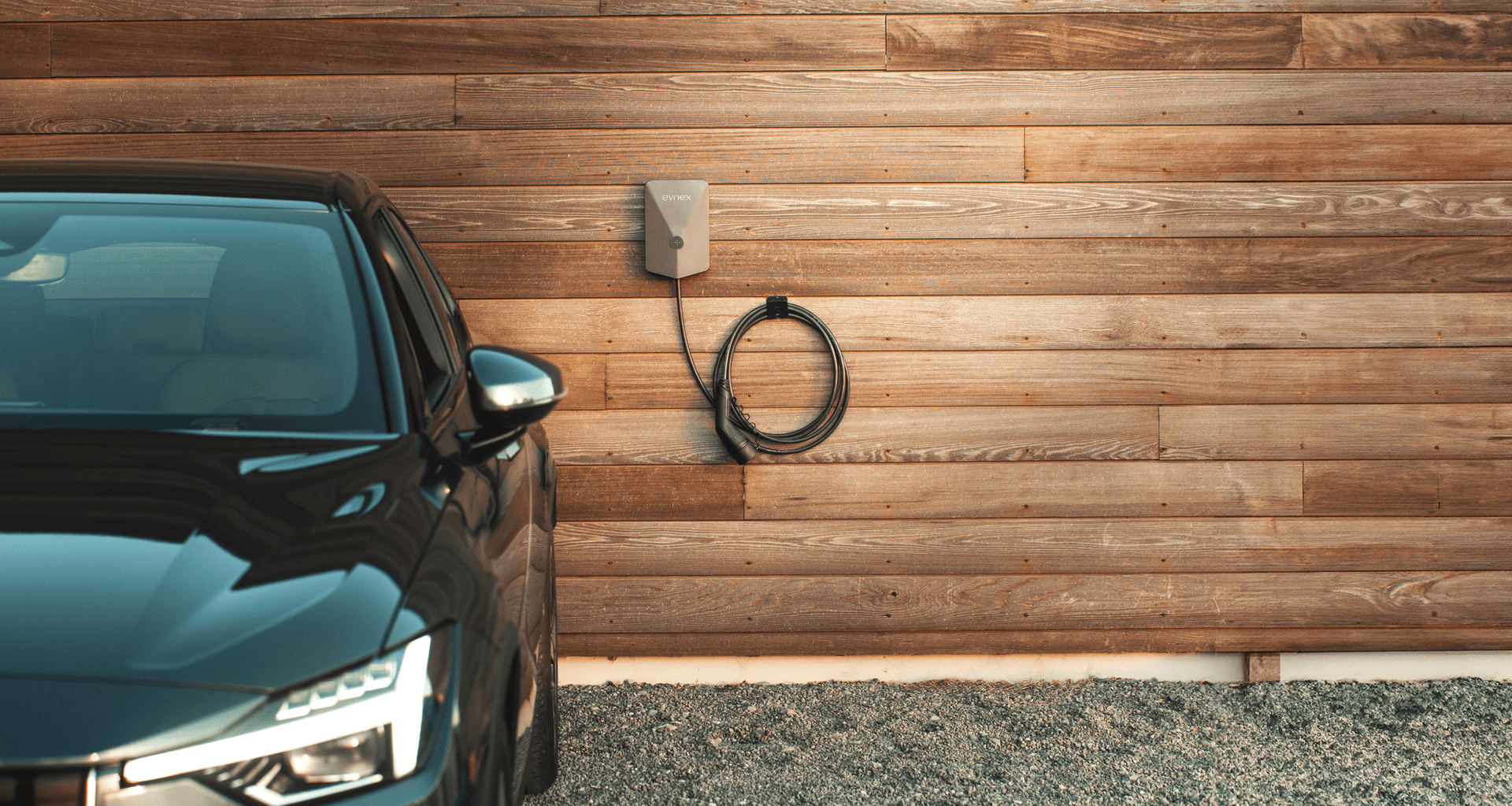
With more of us owning and driving EVs than ever before, the question of whether it’s worth buying a home EV charger in Australia is particularly topical and relevant. The general reasoning often depends on a homeowner’s specific needs and situation, from those who own an Audi e-tron to those who own an older Nissan Leaf. However, as you’ll soon see, the answer for the majority is becoming clearer as we enter this exciting age of vehicle electrification.
We spoke with Henry Harvey, Industrial Designer at Evnex, a world-leading company specialising in home EV charging technology, for his perspective on this matter, the step-up in features you can have with a smart home EV charger, and more on what lies ahead.
The key benefits of home EV chargers
New battery technology, a massive uptake of solar panels, and the advancement of home safety technology have resulted in some great features for modern home EV chargers, with new and improved benefits for homeowners looking to invest now.
1. Charging large, modern batteries quickly
One of the main benefits of home EV chargers has come as a result of the development of modern car batteries, which have become much larger in recent years. Early EVs would have batteries with around 24 - 30kWh capacity, but now you’ll find plenty of models at 60 - 80+kWh.
As Henry explains, this has made the traditional three-pin plug somewhat ineffectual.
“Early on, if you had a Nissan Leaf or something like that, you could get away with trickle-charging it with a three-pin plug overnight. But with most of the cars coming in now, they've got much bigger battery packs, and you do start to struggle if you're trying to keep it charged every day and you're driving longer distances.”
Home EV chargers, like those offered by Evnex, offer both single phase and three phase options, which have the potential to charge at 7.4kW and 22kW, respectively, representing a significant upgrade in charging times, as Henry continues.
“The vast majority of houses are single phase, so our standard charger would charge at a max of 7.4kW, and that’s around four times faster than a trickle charge with a standard 3-pin plug. That gives you up to 50 kilometres of range an hour.”
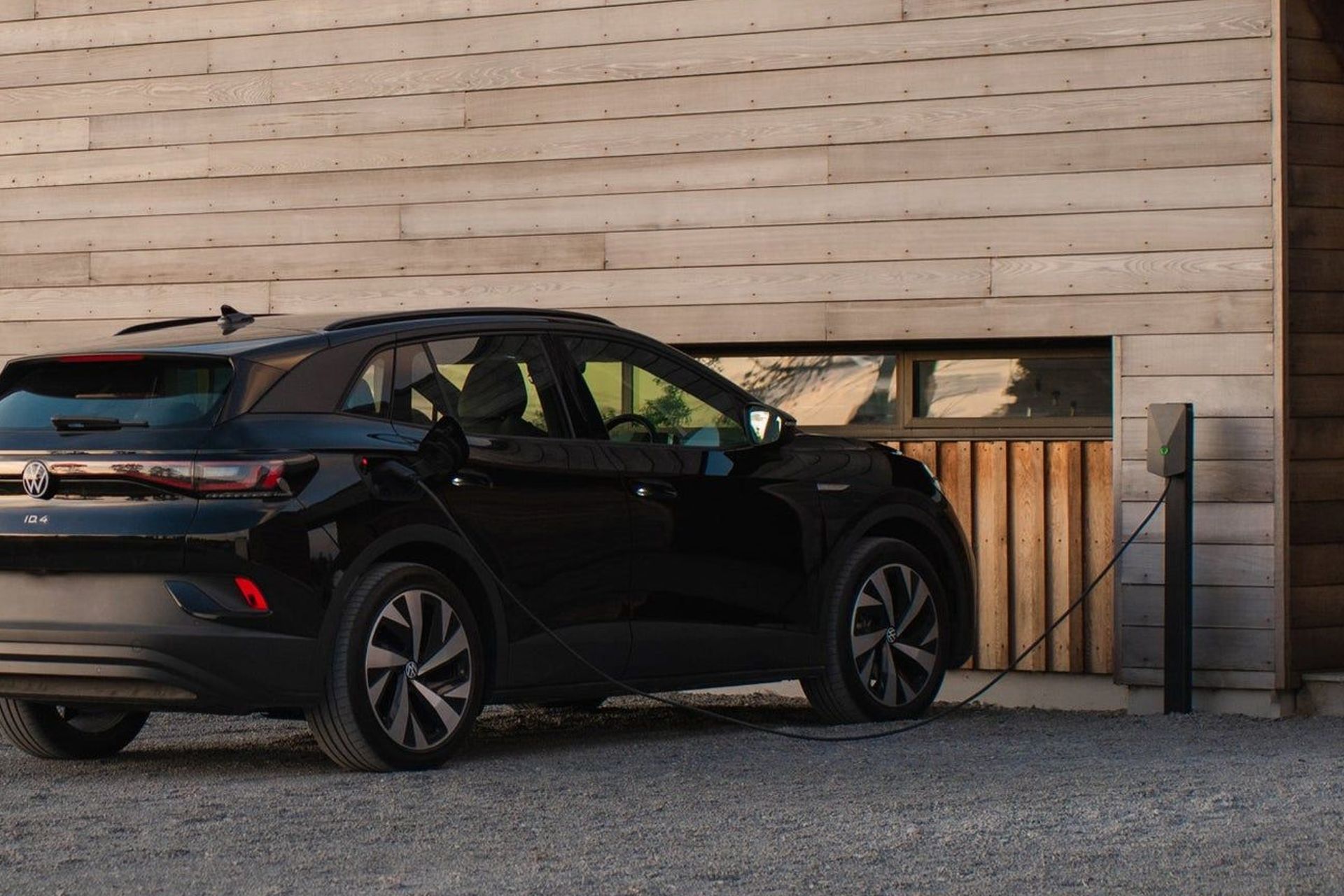
2. Cost savings and compatibility with solar
With rooftop solar now installed in 1 in 3 homes in Australia, home EV chargers that offer compatibility with these systems present a tremendous opportunity for reducing costs. In a challenging economic climate, Henry says it’s something that makes sense on many levels.
“If you've got a solar setup, and you're, at times, exporting back to the grid, then often it makes a lot more sense to be putting that electricity into the battery of your car. In Australia, you don’t get a lot of money for selling back to the grid, and it’s getting to the point where you sometimes get charged for it because of oversaturation. Financially, it's a good way to go, as opposed to buying petrol or charging publicly.”
Design innovations, technological advancements and a desire to meet the demands of the growing second-hand EV market have also led to the development of home EV chargers with lower price points.
“To keep pace with changing budgets, we recently released our E2 Core, which has significant cost savings. We've managed to reduce the cost by simplifying the charger and making a more basic option that still has solar integration, overload protection, advanced scheduling — all the things that most people will need.”
3. Convenience and safety
Convenience has always been a benefit for home EV chargers, and the aforementioned increase in battery sizes has made this even more compelling. In this context, the alternatives of a standard 3-pin plug (that can take two days to fully charge a battery) or a public charger (which means actively taking time out of your day) can feel quite inferior when a home EV charger can fill most vehicles overnight.
There’s also the safety aspect to consider — something that doesn’t always get a strong mention but one that should be acknowledged, as Henry speaks to both points.
“A lot of people say that they don't need to use a public charger anymore because of the higher speed that they're getting from charging at home. On the safety side of things, we're not saying that three-pin charging isn't safe, but with a hardwired charger, you're getting a registered electrician to install it. Our chargers also have home overload protection, so they can sense and monitor the load to ensure that you never overload the house.”
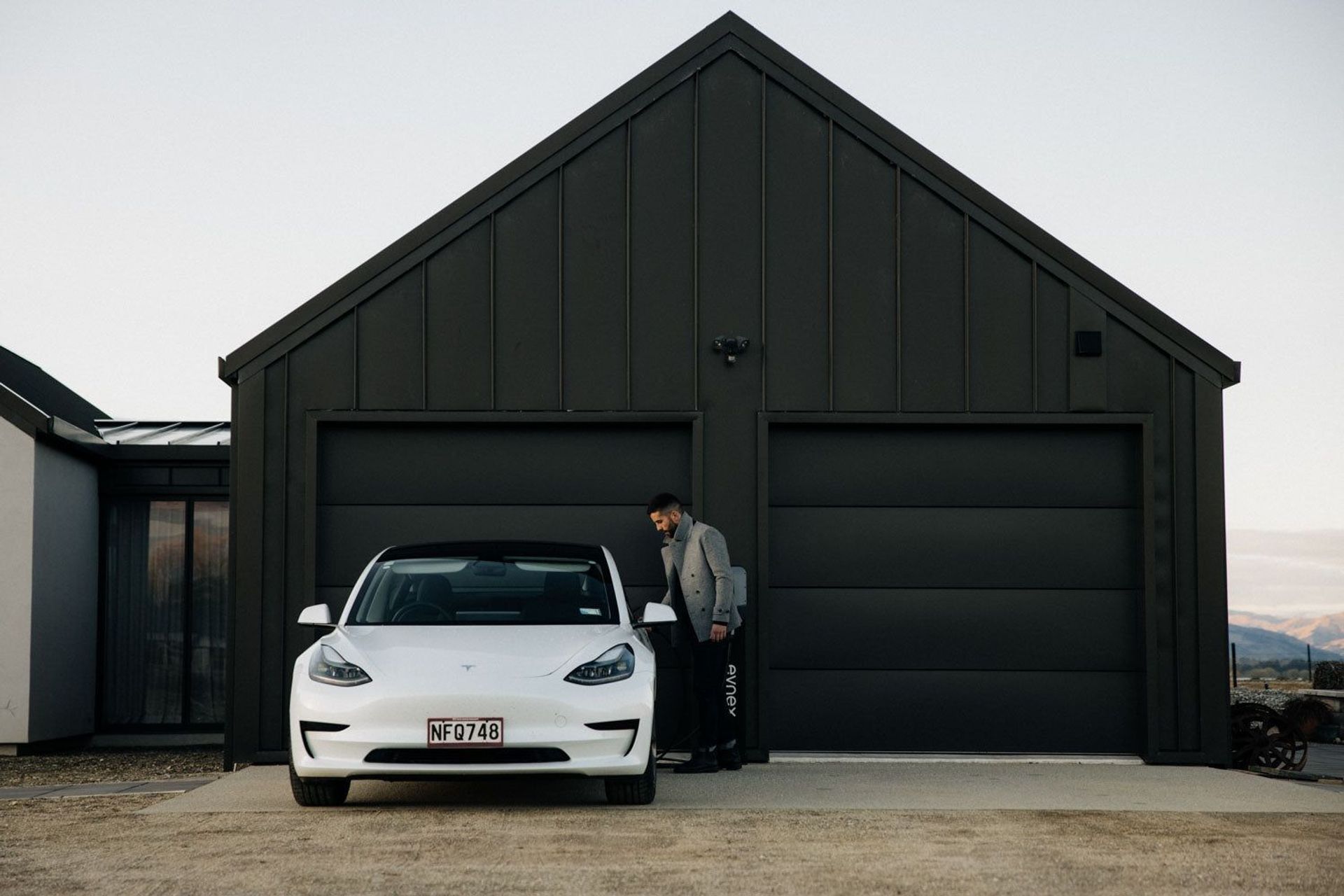
A step up with smart chargers
While the main benefits of a home EV charger speak for themselves, an upgrade to a home EV charger with smart technology, i.e. a smart home EV charger (which all Evnex chargers are), adds another dimension to the offering, as the qualities below clearly demonstrate.
1. Connectivity and scheduling
One of the biggest advantages of a smart charger over a standard “dumb” charger, as the industry coins them, is its connectivity and ability to communicate with other devices like smartphones. This enables app integration and the ability to control the charger remotely and utilise functions like scheduling. As Henry explains, this feature alone can help you optimise your charging, making use of tariff pricing with great precision.
“As far as smart charging goes, we think it's really important, particularly for time-of-use pricing and your ability to set schedules. The potential to save money is greatly improved by being able to control how the charger works. People are able to set schedules based on the electricity tariffs and maximise the benefit they get from charging at certain times.”
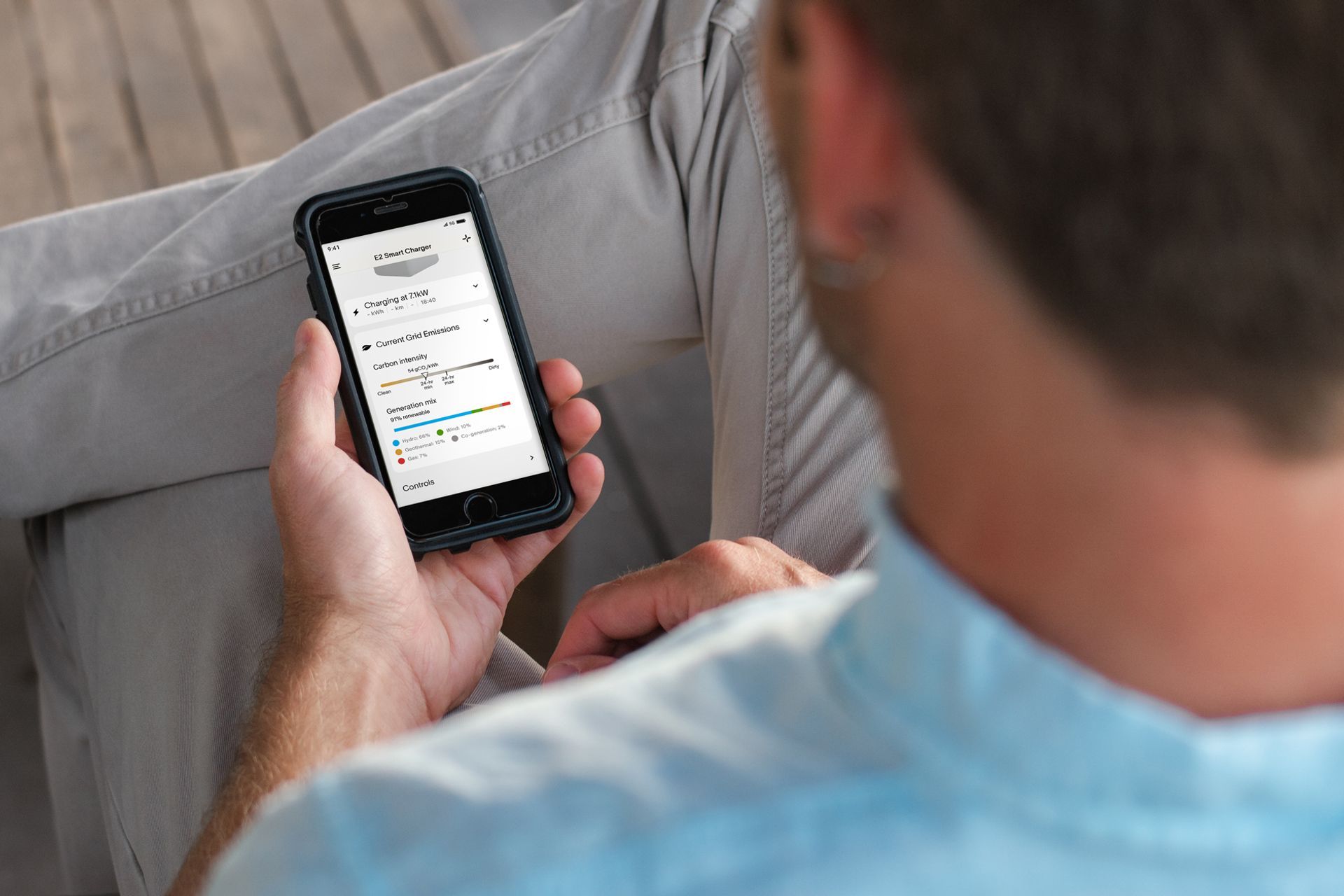
2. Personalisation of use
Another strong quality of a smart home EV charger is the ability to personalise your use to meet your needs — needs that may actually change over time. App integration gives it this flexibility, thanks to updates that allow it to evolve constantly. On top of this, the app's monitoring and reporting capabilities give incredible insight and control to those who desire it, a feature Henry talks about passionately.
“Most of the time, you don't have to push any buttons or do anything, but if you do decide that you want to change a schedule, for example, the app's there. It's intuitive to use and allows you to do a large number of things. I love the fact that you can go on and look at how much carbon you've offset, set up your solar, monitor your costs, and see what power generation source (wind, hydro, coal, gas, etc) your power comes from for those that opt into it.”
3. Durability and designer aesthetics
One might not necessarily think the design and build aspects of a home EV charger would benefit from the inclusion of smart technology, but it actually does. This is because it allows much of the interface to be moved from the device itself to the app that it comes with.
Combined with sophisticated engineering and design innovations, Henry describes how this has resulted in a cleaner, more refined look and one of the slimmest chargers on the market.
“Earlier on, a lot of the charges were quite industrial with large components. Things have got smaller and more refined, and in our design, we don't have screens, just a central touch button. The thinness was also really important to us. Visually, I thought the charger should look like a stationary object as opposed to the Tesla charger, which looks like it's supposed to be moving fast. Our charger is supposed to become part of the house, part of the architecture, as opposed to part of the car.”
The need to transmit a strong Wi-Fi or cell signal from the charger also necessitated the choice of high-quality polycarbonate (over metal) for the housing, which has been rigorously tested for environmental extremes, UV/flammability/impact resistance and more.
“We’ve purchased an environment chamber, which is basically a big metal box that can get really hot, cold and humid. We then put our chargers in really extreme circumstances while they're charging a vehicle and see how they perform, and the polycarbonate that we've chosen stands up really well. We're not thinking about our chargers as a product that you replace. We just don't think that's suitable from an environmental and quality perspective.”
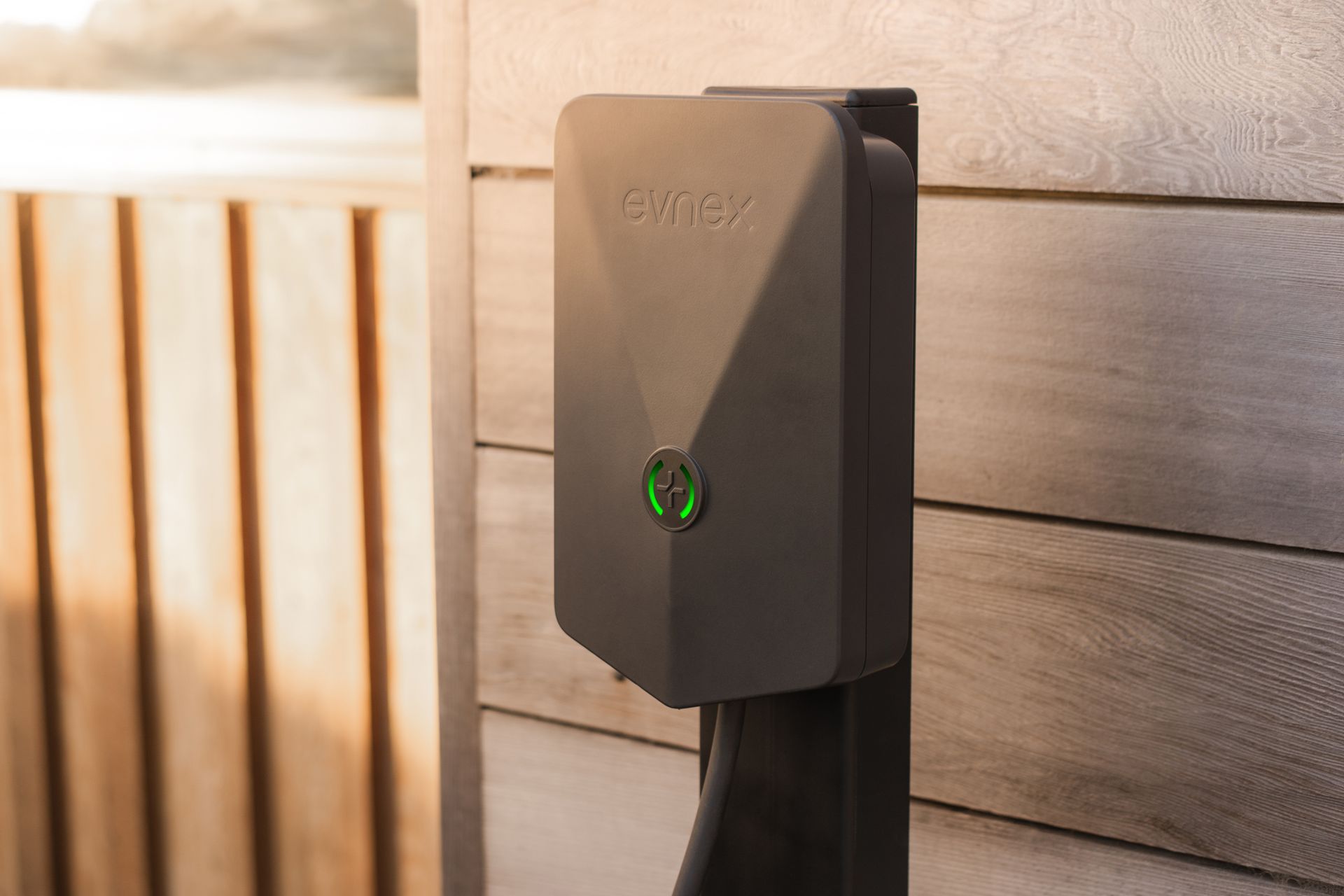
The future of smart home EV chargers
While today’s smart home EV chargers are hugely impressive, the future also offers much to be excited about. In finishing our conversation with Henry Harvey, Industrial Designer at Evnex, we asked him what he was most enthusiastic about with what’s to come.
“Bi-directional charging, sometimes called V2G (vehicle-to-grid), and utilising your car’s battery pack to power the house, is going to be really interesting. It just has the potential to change so much of the landscape around the electricity grid. The way consumers use power, the way companies use power, it really can touch so many different areas. You could be getting free power at work as a perk, then you go home and power your house with that energy. It's really exciting to me, the idea of decentralising power generation, and I think this can be an important part of that.”
Learn more about smart home EV chargers from Evnex on ArchiPro